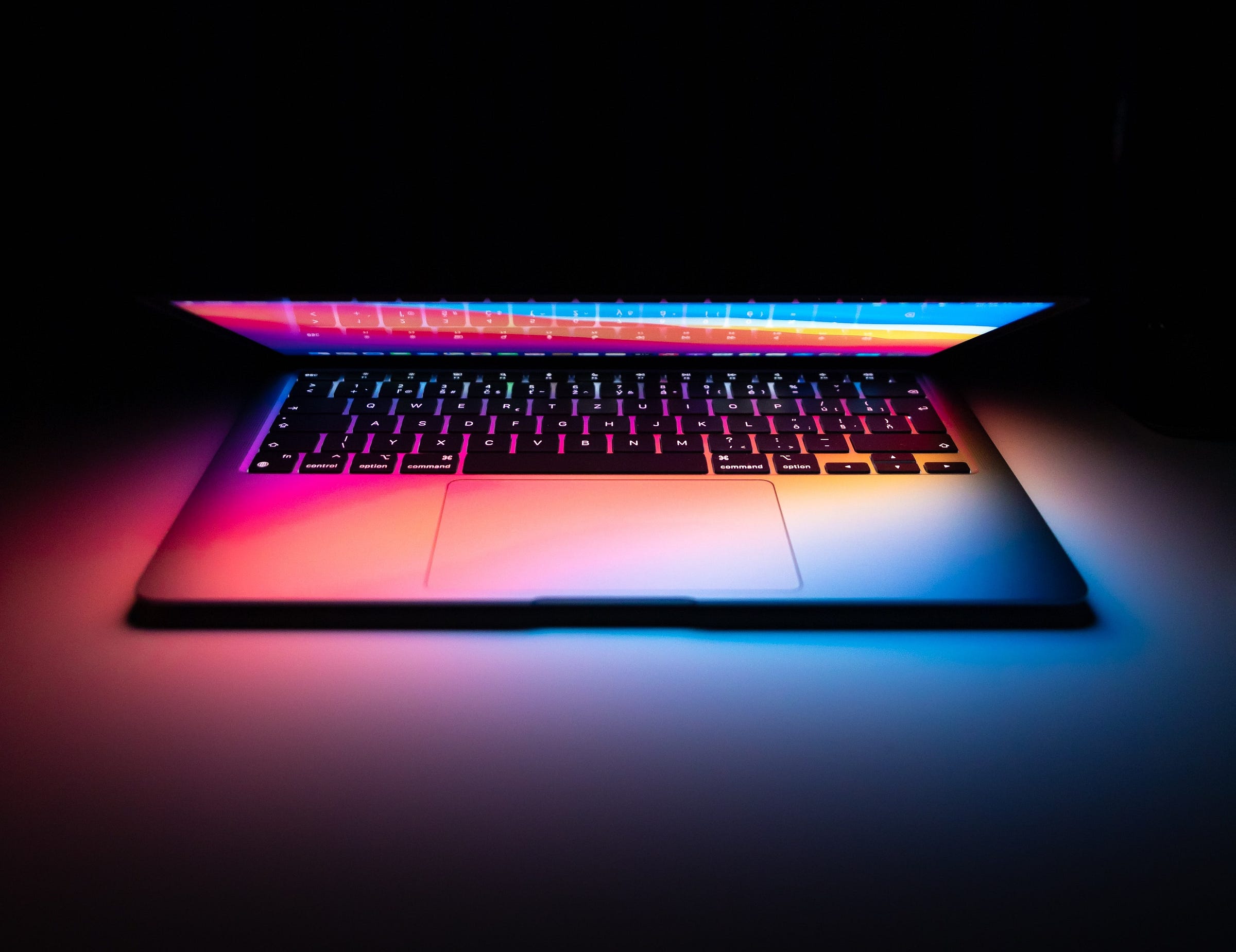The White House got 20 internet providers to commit to making their service faster and more affordable
The public-private partnership will cover more than 80 percent of the US and has a chance to dent the digital divide.
President Joe Biden and Vice President Kamala Harris announced this afternoon that their administration secured commitments from 20 leading internet providers to either increase speeds or cut prices so tens of millions of low-income households can get high-speed internet at no charge.
This public-private partnership will cover more than 80 percent of the US population across urban, suburban and rural areas and has a chance to dent the pervasive racial, income and educational inequalities that sustain the digital divide.
President Biden said during his speech in the White House Rose Garden that high-speed internet today is what the telephone was for previous generations.
“It’s pretty consequential. And only going to keep growing, this need,” he said. “High-speed internet is not a luxury any longer — it’s a necessity.”
Vice President Harris, who leads the administration’s efforts on the issue and spoke before Biden today, expressed similar sentiments.
“In the 21st century, access to the internet is essential to success,” she said. “Every person in our nation, no matter how much they earn, should be able to able to afford high-speed internet and a high-speed internet plan.”
A Pew Research survey conducted about a month after the 2020 lockdown found that 53 percent of US adults said the internet had been essential for them personally during the pandemic.
At the time, around one-in-five parents said that it was very or somewhat likely their children would be unable to complete their schoolwork due to home computer inaccessibility or have to use public Wi-Fi to finish their schoolwork because there wasn’t a reliable internet connection at home. Almost three-in-ten parents reported that it was at least somewhat likely their children will have to do their schoolwork on a cellphone.
And studies found that Black and Hispanic/Latinx adults were twice as likely to cut their internet service due to financial strain during the pandemic. Unsurprisingly, Indigenous populations who were hit hardest by the pandemic were also the least connected to high-speed internet.
“It’s just not right,” President Biden said during his speech. “It’s not who we are.”
Today’s announcement is an expansion of the Affordable Connectivity Program the administration rolled out in February that provides discounts of up to $30 per month for low-income households to get internet service.
Households on tribal lands can get up to $75 per month off their service and eligible households can also receive a one-time discount of up to $100 to purchase a laptop, desktop computer or tablet from participating providers.
The program, which the White House calls the nation’s largest-ever broadband affordability program, is funded by a $14.2 billion from the bipartisan infrastructure law Biden signed in November and administered by the Federal Communications Commission.
A senior administration official said on Sunday evening during a press call with reporters that 11.5 million households across rural and urban communities have enrolled in the ACP to date.
But that’s less than a quarter of the 48 million households eligible for the ACP benefit, so the administration bolstered its new public-private partnership with a few additional efforts to bridge the gap.
First, the White House launched a new website for people to learn how they can sign up for the ACP and find participating internet providers in their area.
Federal agencies will also reach out to households that qualify for ACP based on their income or through their participation in one of several other federal programs, like Pell Grants, Medicaid or Supplemental Security Income.
For example, the Social Security Administration will email all 1.6 million Supplemental Security Income recipients with an account to let them know they are eligible. And the Department of Housing and Urban Development said it informed more than four million HUD-assisted homes ACP benefits are excluded from the income threshold that determines family rent or their eligibility for HUD assistance.
The administration is partnering with states and cities — including Michigan, Massachusetts, Philadelphia, Mesa, Arizona, and New York City — to text millions of eligible households too.
And finally, public interest organizations, including the United Way, Goodwill, Catholic Charities USA, and UnidosUS, will train their national networks to conduct direct enrollment and outreach.
Announcements like these often fall below the radar of the extremely online voters who take reliable internet access for granted and are preoccupied with the more volatile issues dominating the news cycle like the Roe v. Wade leaked draft opinion, student debt cancelation and the war in Ukraine.
But the administration is betting that lowering costs for the lowest-income Americans is not only a good policy to tamp down historic inflation but a move that can also generate some much-needed goodwill headed into the November midterms.
“My top priority is fighting inflation and lowering prices for families on things they need,” Biden said. “Today’s announcement is going to give millions of families a little more breathing room to help them pay their bills.”


